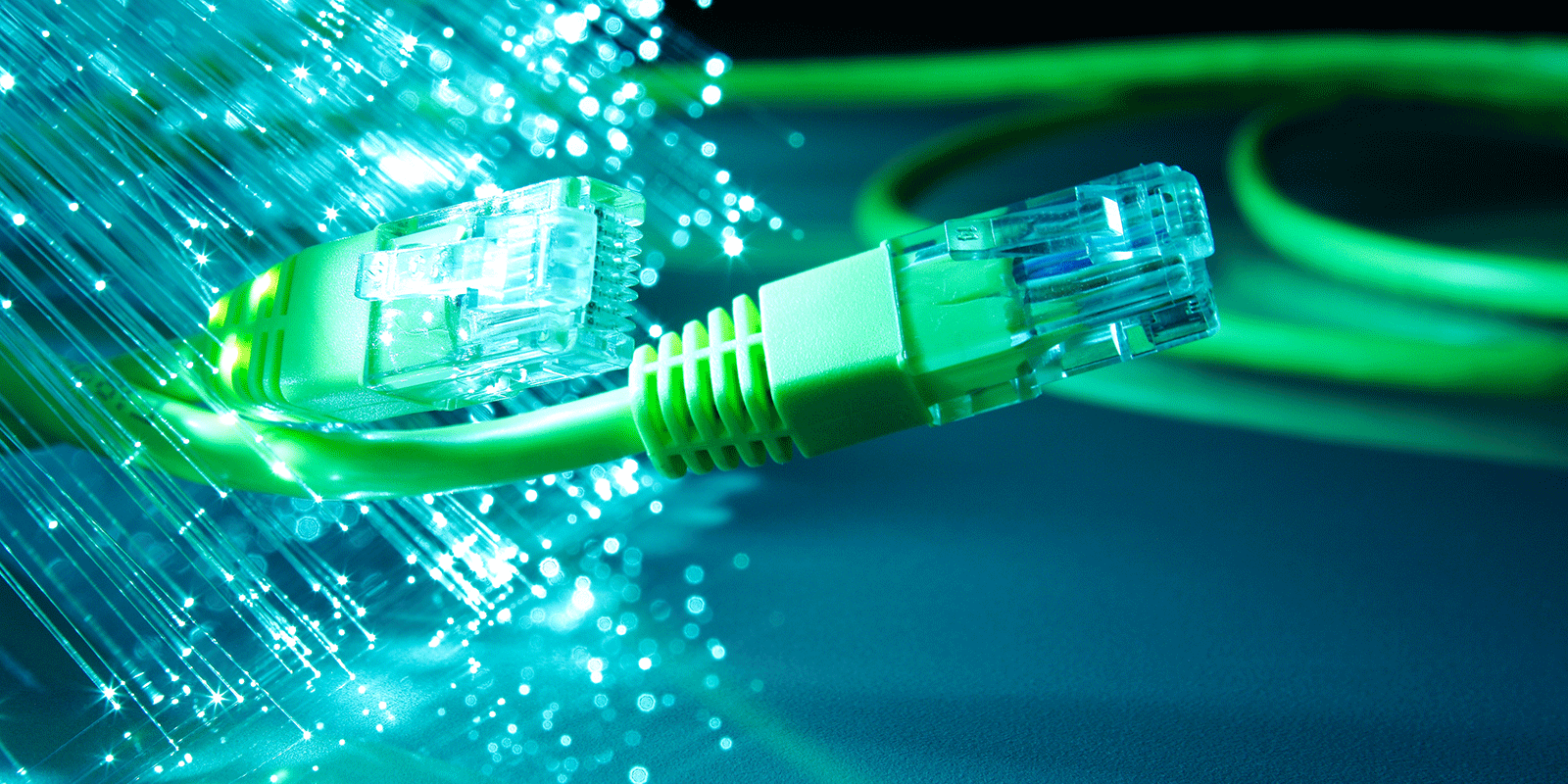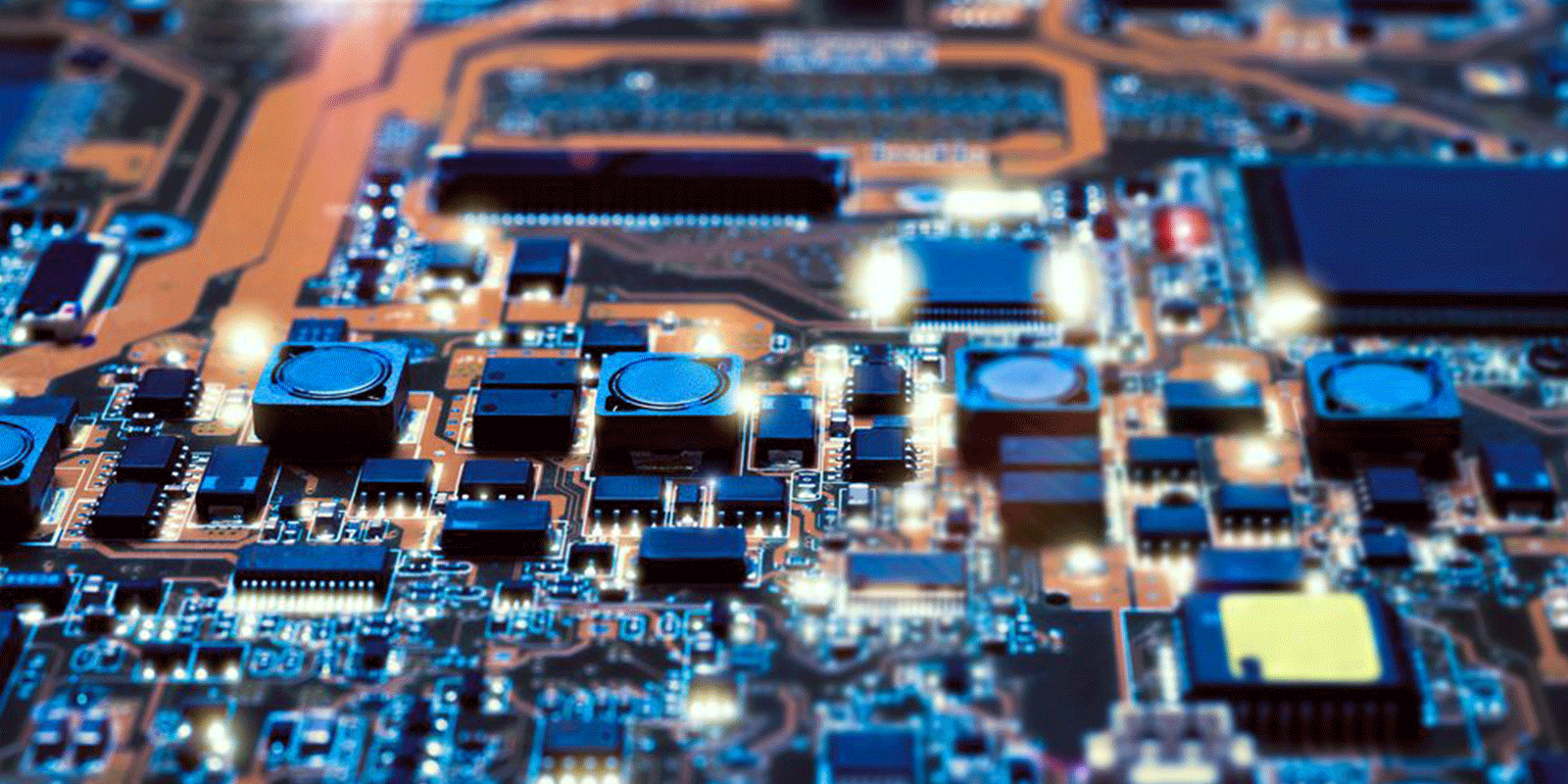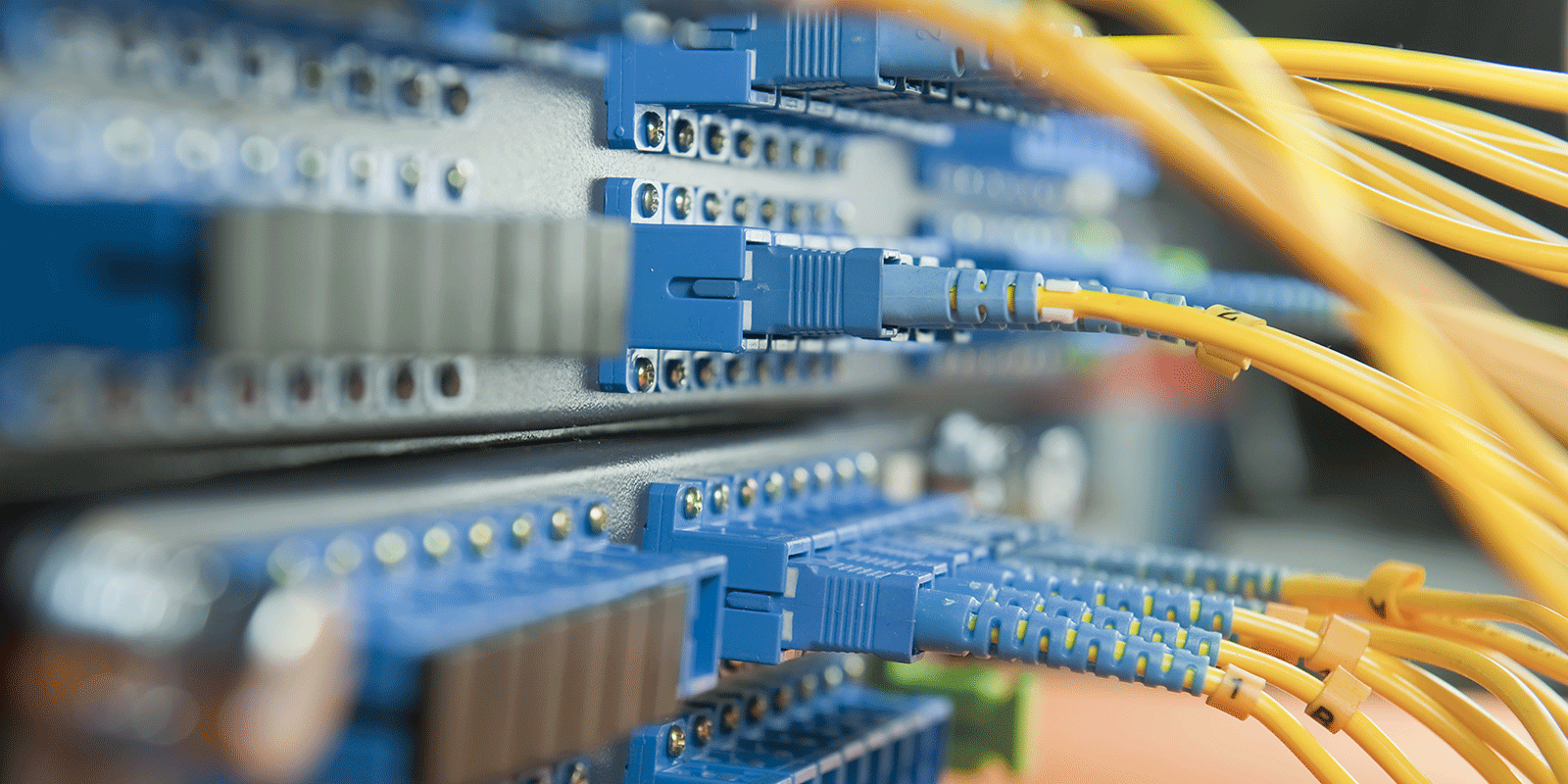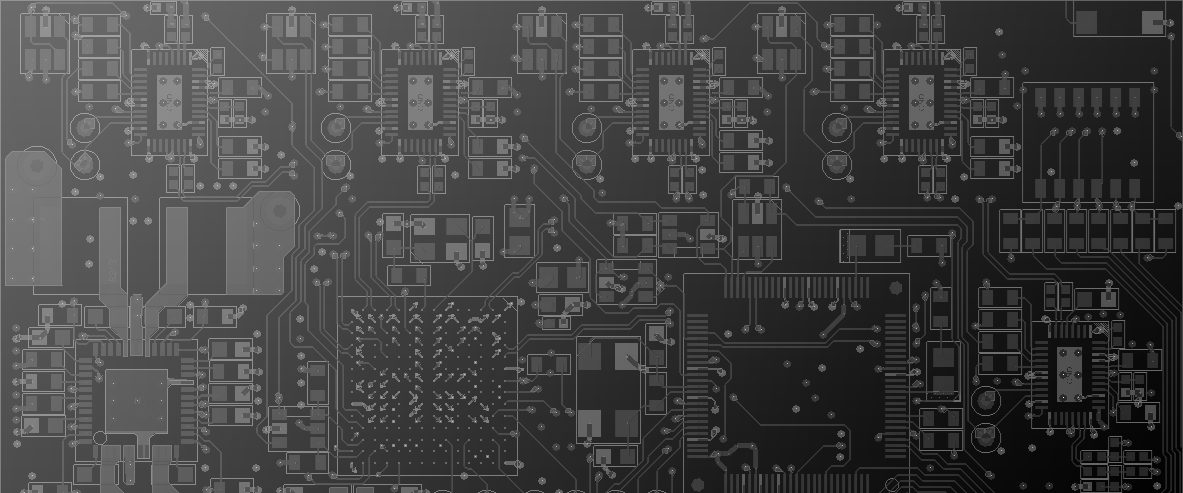
Is Fibre Optics Signal Transport A Step In The Right Direction For An Environmentally Friendly Future?
Fibre optic signals are known for their lightning-fast speed and excellent quality, but could they also be a solution to the energy emissions crisis? Here’s a quick guide to how fibre optics can help broadcasters to improve their sustainability whilst cutting costs.
An Environmental Challenge
Information and Communication Technology (ICT) contributes around 800 million tonnes of greenhouse gas emissions every year, 2% of the global total. The impact stems from energy use, the production of raw materials, and electronic waste. Unlike some industries, the problem cannot be solved by changing consumer behaviour. Instead, the answer lies at a manufacturing, design, and production level, especially in the choice of materials.
More Signals For Less Weight
Weighing up to 286 kg per 300 meters, traditional copper coaxial cables are very heavy. As such, transporting them can be fuel-intensive, resulting in increased emissions. For organisations, the consequences are increased costs and reduced sustainability performance. In contrast, their lack of metal makes fibre optic cables incredibly light, so broadcast vans can transport them using less fuel. This is a very straightforward way for broadcasters to boost their sustainability profile whilst also saving money.
Fewer Materials
Traditional copper cables require both jacketing and insulation, which creates a range of problems. For instance, insulators are not recyclable, and their production creates pollutants. By using fewer materials, fibre optic cables may have a smaller environmental impact, and their 10+ year lifespan enables them to be used wisely. As such, fibre optic cables are kinder to the planet, and kinder to budgets.
Copper Mining Problems
Expensive to mine and refine, copper is fraught with environmental and social problems. Open mines obliterate ecosystems, the refining process contaminates water with toxic sulphides, and transporting it from the major mines in South America generates high levels of emissions. Additionally, miners and local communities can be exposed to dangerous chemicals, implicated in increased instances of cancers and cardiovascular disease. In contrast, fibre optic cables are made from silicon dioxide, which is much cleaner, greener, and safer to produce.
Turning Down The Heat
Copper cables use electromagnetic energy, which quickly produces heat as a by-product. Electrical heat is inefficient and potentially dangerous, and energy inefficiencies are multiplied by the requirement for air conditioning. Fibre optic solutions are compact and dense, meaning less power is required to run the system so less heat is produced. This reduces the demand for air conditioning, keeping both environmental and running costs low.
Recycled Materials
Copper can be easily recycled, which is one of the sustainable benefits of coaxial cables. However, fibre optic cables can be made from recycled polyethene (rPET), requiring no raw materials whatsoever and requiring up to 53% less energy to produce. As governments around the world push to meet their 2015 Paris Accord targets, rPET is attracting significant investment, with performance and financial benefits helping companies to achieve their sustainability goals.
The Verdict!
Tackling broadcasting’s global emissions contribution will require a collaborative effort, which is why companies such as Bluebell Opticom are investing in sustainable solutions to help broadcasters improve their green credentials. Making the change to fibre optic broadcasting is an excellent option for reducing emissions and pollutants and is a cost-effective way to achieve positive change. To learn more about stress-free ways to clean up your carbon footprint, have a chat with one of our specialists today.
Image Source: Pexels





